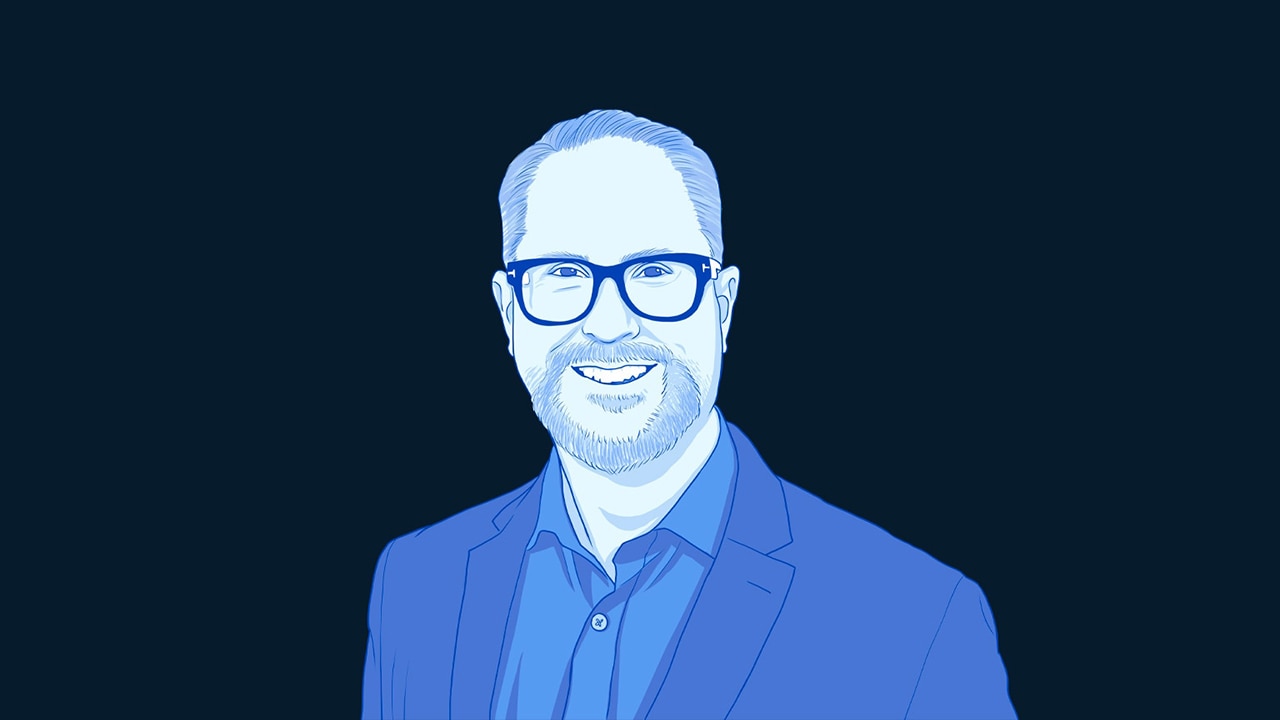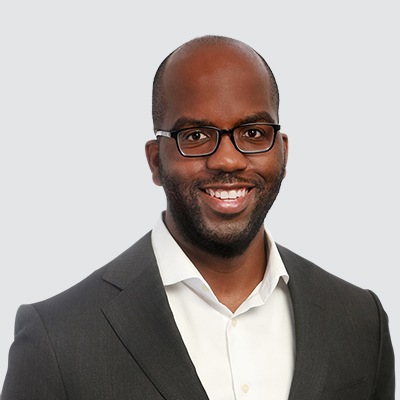| |
| |
| |
| |
|
 |
Edited by Barbara Tierney
Senior Editor, New York |
|
|
|
|
|
|
This week, we offer a strategic way forward for organizations beset by global challenges. Plus, a look at food loss through the journey of the humble tomato, and McKinsey partner Duwain Pinder on how to build racial and ethnic equity in US higher education.
|
|
|
| |
| |
| |
|
An analytical approach. CEOs need to know whether they can still remain global players and, if so, how. One way to respond in the face of fragmentation and uncertainty is by intensifying focus on resilience. Of course, global executives have an intuitive sense of where to focus initially to build this skill into their organizations. Now, however, many are looking for a more rigorous and analytical approach. In a recent article, senior partner Andrew Grant and his colleagues focus on six dimensions where CEOs can challenge their organizations to build resilience: business model, reputation, organization, operations, technology, and finance.
|
|
| |
| |
| |
|
| |
| | |
| | |
| |
| | | |
| |
| |
|
You were an author of a recent report on racial and ethnic equity in US higher education. What did the research reveal? |
|
| |
|
These findings are not novel, but what is significant is the slow rate of progress in driving inclusive growth. For Black and Native American students and for faculty from all underrepresented populations, there was effectively no progress from 2013 to 2020. |
|
|
The analysis suggests that higher education has opportunities to address these gaps. What are some of the key ways to make progress? |
|
| |
|
Institutions can then embed new racial-equity priorities into their culture. That involves incorporating equity as part of the strategic plan, dedicating sufficient resources to the effort, and assigning a senior leader and staff to support the president or chancellor in implementing ideas and tracking progress. Clear and frequent communication with stakeholders—including alumni, staff, and donors—at each stage of this work will ensure that people in every part of the institution and its extended community are progressing together toward a shared goal. |
|
|
You’ve done a lot of work with historically Black colleges and universities (HBCUs). How can their unique position help Black Americans make economic progress? |
|
| |
| |
|
The US racial wealth gap is the product of several factors, including intergenerational transfers, lower incomes, and a lack of financial inclusion. Yet, our data show that a strong HBCU network could increase Black worker incomes by about $10 billion in addition to strengthening the economy with $1.2 billion in incremental business profit, $300 million in decreased student-loan debt, and $1 billion in additional consumer expenditures. |
|
| |
| |
| |
|
| |
|
| Share this Four Questions
|
|
|
|
|
| | | |
This email contains information about McKinsey's research, insights, services, or events. By opening our emails or clicking on links, you agree to our use of cookies and web tracking technology. For more information on how we use and protect your information, please review our privacy policy. |
|
|
You received this email because you subscribed to The Shortlist newsletter. |
|
|
|
Copyright © 2022 | McKinsey & Company, 3 World Trade Center, 175 Greenwich Street, New York, NY 10007 |
|
|
|
|
|
|







